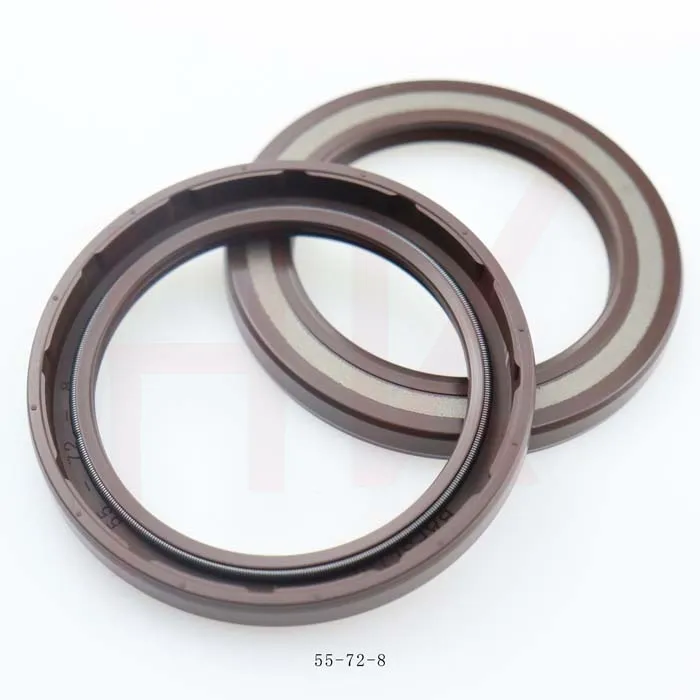നവം . 15, 2024 12:26 Back to list
dust sealing
Dust Sealing Protecting Your Equipment and Environment
In various industries, particularly those dealing with sensitive machinery and electronic equipment, the importance of dust sealing cannot be overstated. Dust, comprising tiny particles from the environment, can infiltrate devices and systems, causing substantial damage, reducing efficiency, and leading to costly repairs or replacements. This article delves into the significance of dust sealing, methods employed, and its impact on performance and longevity.
The Importance of Dust Sealing
Dust particles can pose significant threats to machinery and electronic devices. They can infiltrate junctions, bearings, and electronic components, leading to wear and tear or even complete system failures. In sectors such as manufacturing, aerospace, and information technology, unanticipated downtime can have a cascading effect—affecting productivity, operational costs, and ultimately, profitability.
A comprehensive dust sealing strategy is crucial in maintaining the cleanliness of equipment and ensuring that operations run smoothly. By effectively preventing the ingress of dust, dust sealing helps sustain the functionality and reliability of machinery, thus enhancing overall service life.
Methods of Dust Sealing
Several methods and materials are used for dust sealing, tailored to specific needs and environments
1. Gaskets and Seals These are often made from elastomers, silicone, or rubber, serving as effective barriers against dust. They are commonly used in machine housings and electrical enclosures to create tight seals.
2. Filters In systems like HVAC (Heating, Ventilation, and Air Conditioning), high-efficiency particulate air (HEPA) filters trap dust and particulates, preventing them from circulating in the environment.
3. Enclosures Many manufacturers use dust-tight enclosures made from robust materials to protect sensitive components. These enclosures prevent dust from entering while allowing necessary airflow.
4. Coatings Protective coatings can also be applied to surfaces of equipment. These coatings often have properties that repel dust and other contaminants while providing a protective barrier against corrosion.
dust sealing

5. Ionized Air Blowers In sensitive environments, such as semiconductor manufacturing, ionized air blowers can remove dust particles from surfaces without the risk of scratching or damaging the equipment.
Evaluating the Effectiveness of Dust Sealing
To ensure that dust sealing measures are effective, regular assessments are essential. Organizations often conduct dust contamination tests, measure particle levels, and inspect seals and filters routinely. This proactive approach enables early detection of potential issues, allowing for timely interventions before problems escalate.
Benefits of Effective Dust Sealing
The benefits of robust dust sealing are multifaceted, touching on various aspects of operational functionality
- Enhanced Equipment Lifespan By preventing dust-induced wear and tear, organizations can extend the life of their equipment, resulting in lower capital expenditures over time.
- Improved Reliability Equipment that is protected from dust is less likely to experience unexpected failures. This reliability translates into enhanced productivity and operational stability.
- Reduced Maintenance Costs With less contamination, the need for frequent maintenance and cleaning decreases. This not only saves time but also reduces labor costs associated with repairs and maintenance checks.
- Safety Compliance Many industries are subject to rigorous safety regulations concerning cleanliness and operational standards. Effective dust sealing can help organizations comply with these regulations, avoiding penalties and legal issues.
Conclusion
In an increasingly competitive market, ensuring the operational efficiency and longevity of equipment is paramount. Dust sealing plays an integral role in safeguarding machinery and electronic devices from the detrimental impacts of dust. By investing in appropriate dust sealing methods, organizations can enhance reliability, reduce maintenance costs, and ultimately, contribute to a safer and more efficient working environment. As industries evolve, the continued emphasis on dust sealing will remain a crucial aspect of maintaining equipment integrity and operational excellence.
-
The Trans-formative Journey of Wheel Hub Oil Seals
NewsJun.06,2025
-
Graphene-Enhanced Oil Seals: Revolutionizing High-Pressure Oil Sealing
NewsJun.06,2025
-
Future of Hydraulic Sealing: Advanced Intelligent TCN Oil Seals
NewsJun.06,2025
-
Don’t Let a Broken TCV Oil Seal Ruin Your Day
NewsJun.06,2025
-
Bio-Inspired Dust Seals for Better Sealing Performance
NewsJun.06,2025
-
Biodegradable and Sustainable Hydraulic Seal Materials
NewsJun.06,2025
-
Top Oil Seal Solutions for Your Industrial Needs
NewsMay.22,2025
Products categories
















